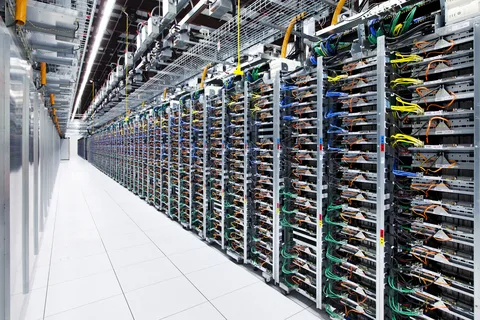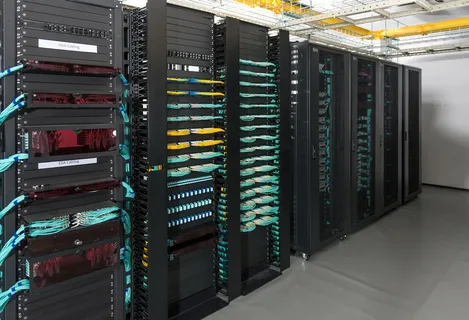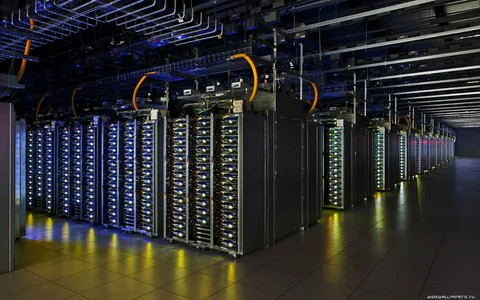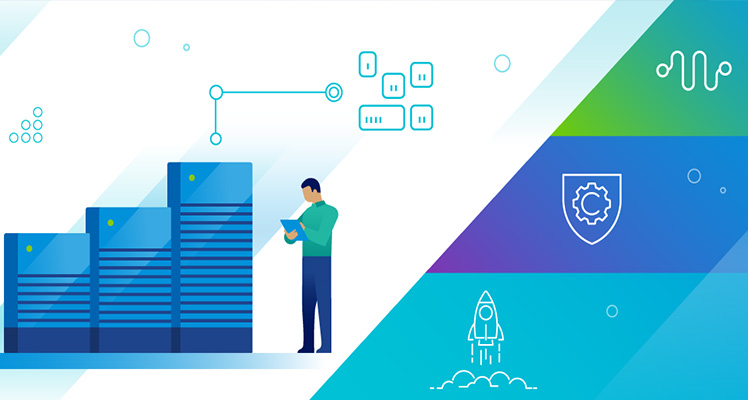How to Build a Server for Running Virtual Machines?

Building a server for running virtual machines (VMs) can significantly enhance your computing capabilities, allowing you to run multiple operating systems and applications on a single physical machine. This setup is ideal for software development, testing environments, and server consolidation. This article outlines the essential components, considerations, and steps involved in building a server optimized for virtualization.
Understanding Virtualization
Virtualization technology allows one physical server to function as multiple virtual servers. Each virtual server operates independently, with its own operating system and applications, all running on the same hardware. This technology is crucial for maximizing resource utilization, improving efficiency, and providing flexibility in managing workloads. By creating VMs, organizations can optimize their infrastructure, reduce hardware costs, and simplify IT management.
Choosing the Right Hardware
The first step in building a server for virtualization is selecting the appropriate hardware. The choice of components will significantly impact performance and efficiency. Key hardware components to consider include the CPU, memory, storage, and network interfaces.
A powerful CPU is critical for virtualization since it determines how many VMs can run concurrently and their performance levels. Look for processors that support virtualization technologies, such as Intel VT-x or AMD-V. These features enhance performance by allowing the CPU to handle multiple virtual environments efficiently.
Memory is another vital component. Virtual machines consume a considerable amount of RAM, so it is essential to allocate enough memory for each VM while leaving some for the host operating system. A minimum of 16 GB of RAM is recommended for basic setups, while larger configurations may require 32 GB or more, depending on the number and requirements of the VMs.
Storage is crucial for VMs as well. Solid-state drives (SSDs) offer faster data access speeds than traditional hard drives, significantly improving the performance of virtual machines. When selecting storage, consider using a RAID configuration to provide redundancy and enhance data protection.
Network interfaces also play an important role in VM performance. Ensure that your server system has multiple network interfaces to allow for better network traffic management and enhanced connectivity between VMs and external networks.
Selecting the Right Hypervisor
Once you have chosen the hardware, the next step is to select a hypervisor, which is the software that creates and manages virtual machines. Hypervisors can be classified into two categories: Type 1 and Type 2.
Type 1 hypervisors, also known as bare-metal hypervisors, run directly on the server hardware without a host operating system. They are more efficient and offer better performance, making them ideal for production environments. Examples of Type 1 hypervisors include VMware ESXi, Microsoft Hyper-V, and Xen.
Type 2 hypervisors run on top of a host operating system. While they are easier to set up and manage, they typically do not provide the same level of performance as Type 1 hypervisors. Examples include VMware Workstation and Oracle VirtualBox, which are more suitable for development and testing purposes.
The choice of hypervisor will depend on your specific needs, such as the intended use of the virtual machines, the level of performance required, and the available budget.
Configuring the Server
With the hardware and hypervisor selected, it’s time to configure the server. Begin by installing the hypervisor on the physical server. Follow the manufacturer’s instructions to ensure a smooth installation process. During the installation, you may need to configure network settings and storage options based on your requirements.
After installing the hypervisor, it’s essential to allocate resources for each virtual machine. This involves assigning CPU cores, memory, and storage space to each VM based on its intended workload. Consider the performance requirements of the applications that will run within each VM and ensure that the resources allocated are adequate.
Security is another important aspect of server configuration. Implement security measures to protect your virtual machines and the host server from potential threats. This includes configuring firewalls, enabling encryption, and applying security patches regularly. Additionally, consider using network segmentation to isolate VMs from one another, reducing the risk of unauthorized access.
Managing and Monitoring Virtual Machines
Once your server and virtual machines are set up, effective management and monitoring are crucial for optimal performance. Utilize management tools provided by the hypervisor to monitor resource utilization, performance metrics, and system health. This helps identify any bottlenecks or issues that may arise, allowing for timely intervention.
Regularly update the hypervisor and virtual machines to ensure that they are running the latest security patches and features. Backup your virtual machines regularly to prevent data loss in case of hardware failure or other unforeseen events. Most hypervisors offer built-in backup solutions or integration with third-party backup software for this purpose.
Consider automating routine tasks to improve efficiency. Many hypervisors provide tools for automating VM provisioning, scaling, and updates, allowing administrators to focus on more strategic activities rather than manual processes.
Conclusion
Building a server for running virtual machines is an excellent way to enhance your computing capabilities, streamline resource management, and reduce hardware costs. By carefully selecting hardware components, choosing the right hypervisor, and implementing best practices for configuration and management, you can create a powerful virtualized environment tailored to your needs. With the growing demand for virtualization in today’s IT landscape, understanding how to build and manage a server software for VMs will empower you to optimize your infrastructure and drive business success.




